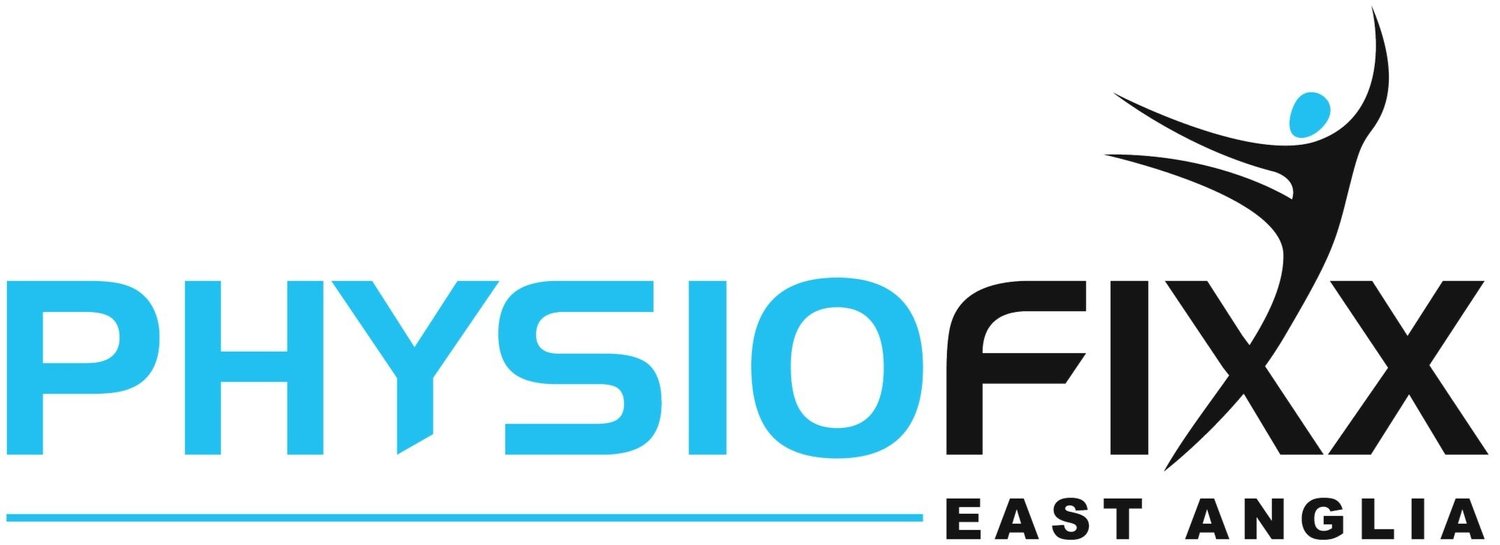The Importance of Warm-Up and Cool-Down for exercise.
Many people are so excited to start their workout or training and don’t feel like they need to warm-up or cool-down. However, it is important to prepare your body for a stronger session, reduce the chance of injuries and possibly speed up recovery. They ensure that you can train harder and more often safely.
Why the Warm-Up is important.
It is said to improve athletic performance and reduce the risk of injury. The warm-up not only sets you up for success but helps you decrease your risk of injury in the following ways:
Injury Prevention
A proper warm-up will loosen the joints and improve blood flow to the muscular system. This increases mobility and nutrients helping to prevent the risk of muscle tears, strains, sprains, and other harmful injuries during your workout.
Increased range of motion:
Preparing the tissue for work can increase the stretch of the muscle tissue as well as decrease “knots” or small constricted fibres. This can be done with stretching or foam rolling. This is important to avoiding injuries and maximize athletic performance by being able to recruit more power.
Increase the blood delivery throughout body
When moving the body during the warm-up, blood flow increases and becomes warmer. During exercise your muscles need more nutrients in the form of oxygen. This is transported from the lungs to the heart, capillaries, and finally the muscle tissue. Increasing body temperature and blood flow allows for easy stretch of the muscle fibres.
Mental Preparation
An extra benefit of a warm-up is for gathering time to focus on your goals and what you want to accomplish that day. It can bring more awareness to how your body is feeling which gives you a chance to figure out any last minute adjustments you may need to make for your training session.
How Long should a warm-up last?
A warm-up process can be 5-10 minutes long, depending on the goals and variety of muscles used this can be increased.
What are some of the best ways to warm-up?
Stretching
Stretching can help prepare the muscle’s extensibility and excitability. This can be done with active stretching which includes leaning into a stretch for 2-3 seconds and then releasing it. An example of functional stretching would be like doing a squat or a lunge to loosen the hip complex. It should be noted that static stretching before a activity should be avoided as it is designed for inhibition of the muscle tissue. This can lead to injuries if you need to use your muscles at their peak performance or in an explosive way.
Foam Rolling
Utilizing a foam roller can potentially: release knots and adhesions in the muscles, increase the viscoelasticity of the tissue, improve blood flow, loosen fascia and calm the nervous system. These benefits will help the muscles operate more efficiently and be utilized at their peak performance. When foam rolling you want to use a roller that fits your comfort zone and for a warm up roll along it fairly quickly. If particular areas of a muscle are feeling very tight and sore stop on that point and hold for at least 30 seconds and sometimes longer, wait for the spot to release and then move on to the next one.
Aerobic Activity
Movement is one of the best ways to prepare your tissue. This helps loosen muscles and fascia while heating up your body. This can include running on the treadmill, a bike, rowing machine, jumping jacks or any kind of active movement.
Why the Cool-Down is important.
Relax and prevent sore muscles
Reduce lactate build-up in the muscle and help remove it quicker
Slow down the heart rate and breathing
Reduce body temperature
Prevent injuries
Prevent blood pressure from dropping too rapidly
A cool down should last around 5-10 minutes
What are some of the best ways to Cool-Down?
Stretching
Using static stretching can help relax and inhibit muscles after a workout. Through a long-term stretching program muscle fibres can even be increased. Static stretching is done by stretching a muscle group for at least 30-45 seconds. Depending on the muscle fibres it can take up to 120 seconds. Static stretching uses the same principle of foam rolling. By holding tension long enough it over-rides the muscle spindles sensing length causing them to inhibit. For this reason, static stretch should be avoided during a warm-up as it’s easy to hurt muscles by putting a reduced activity muscle under stress.
Foam Rolling
Just like with the warm-up portion of exercise, foam rolling can be done during the cool-down and used to regulate your sympathetic system, allowing muscles to release and fascia to loosen. This will help ensure a speedier recovery. Using the foam roller for a cool down – this time roll along a muscle slowly and any points which are tight, sore and causing discomfort hold on that area for 30-60 seconds before moving on – hopefully this will help to relax the tight area of muscle.
Hydrotherapy
Using heat or cold can have a variety of benefits after the workout. Using heat can bring in blood and fresh nutrients allowing the muscles to heal and rebuild quicker. Cold therapy can help reduce sore muscles and inflammation. Contrasting therapy by alternating between cold and heat and can have the best mix of benefits. Examples of heat can be a hot towel, sauna, or hot shower. Examples of cold therapy can include ice, cold shower, or frozen packs of food.

